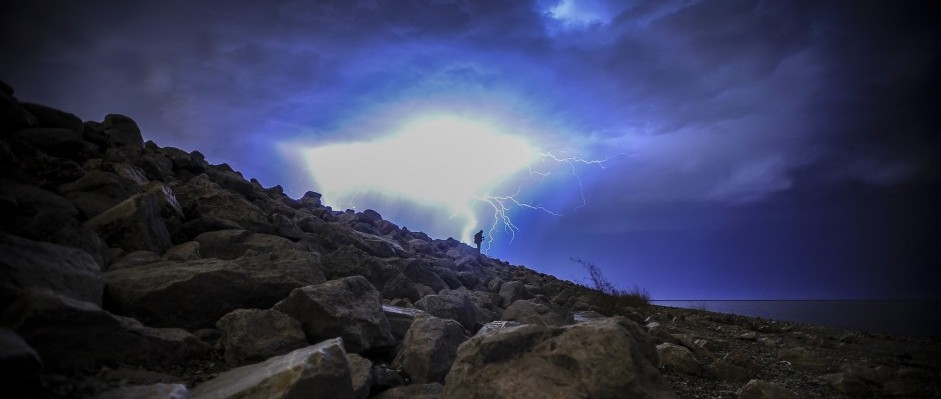
Photo: R. Bial Bradshaw
In the summer of 2015, 15 people were struck by lightning atop of Mt. Bierstadt, a popular Colorado 14er. The storm came in quick, as they typically do during summer in the Rockies. With little time for escape, the group was struck and required immediate rescue.
As climbers we tend to seek the far off places, away from the roads and civilization. The greatest tool we have to maximize safety is to plan for success before we even leave home. Lightning is one of the greatest objective hazards that we face.
It all starts at home…
The only place you are truly safe from lightning is inside a closed building or a fully metal car. The best rule for lightning safety is to be inside when the storm hits and not on the summit of a peak.
If we always stayed inside then I wouldn’t be writing this post, so here are some lightning mitigation tips:
Know when to bail
If you see cumulus clouds starting to build it may be time to reevaluate your climbing plans. Cumulus clouds will build into cumulonimbus, aka full on thunderstorm clouds.
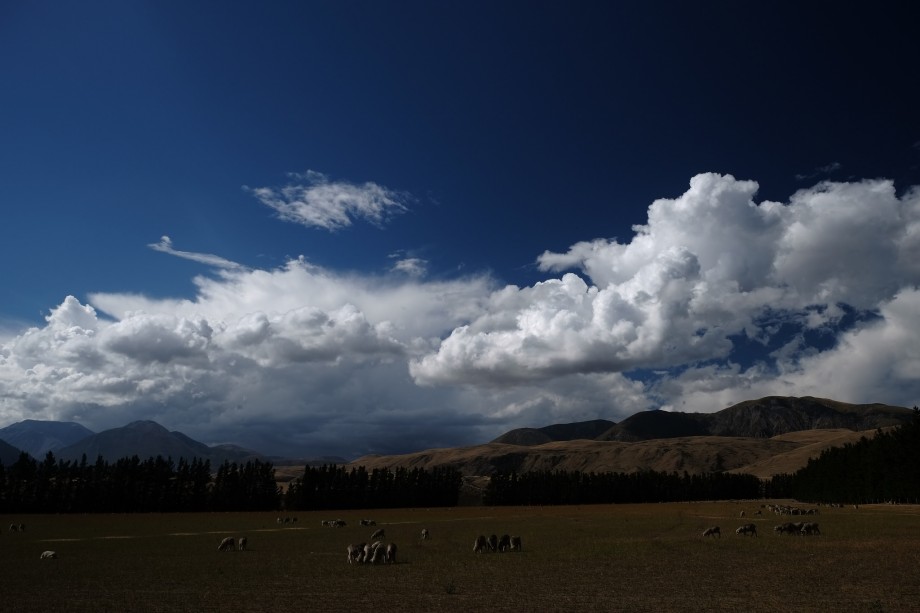
Photo: Francis Vallance
Know where the best spot to find shelter is
Normal lightning rules are hard to apply to climbers because we often are caught on vertical walls when the storms hit.
If caught on a vertical wall, a general rule is to head down to lower elevation to reduce your chance of a strike. Do not stop at the lip of a cave or overhang, as lightning will travel down to reach the ground, traveling through you in the process. If the storm is right on top of you, assume the lightning safe position:
If caught in an open boulder field, sit on whatever dry insulating material you may have (backpack, crashpad, sleeping pad) and assume the lightning safe position until the storm has passed.
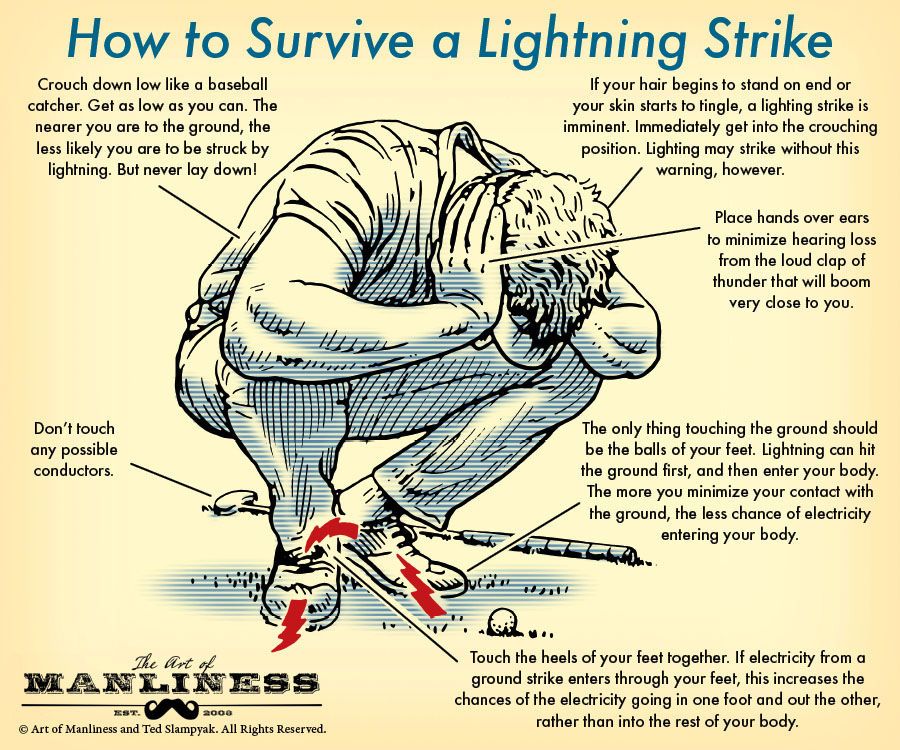
The lightning stance. Image: Ted Slampyak
Related: 4 Ways to Make the Most of Your Crash Pad
Know lightning first aid
If you partner has been struck by lightning there’s an 80% chance that they’ll survive the strike. The most serious medical problems will be cardiac arrest and respiratory arrest, so brush up and know how to administer CPR if your partner stops breathing. If you have reception, call 911 or medical professionals immediately.
Related: Must-Know First Aid Principles & Why Every Climber Should Get Training
Common myths exposed
1. It won’t happen to me
Ignorance won’t save you from the law and it definitely will not safe you from Mother Nature. Always respect and be aware of your environment.
2. Your cell phone and climbing rack will attract lighting
False. It’s a waste of time trying to unharness to shed gear. Your time is better spent seeking shelter.
3. Lightning never strikes the same place twice
It strikes the Empire State building as much as 25 times a year. You are not safe until you are inside a safe shelter.
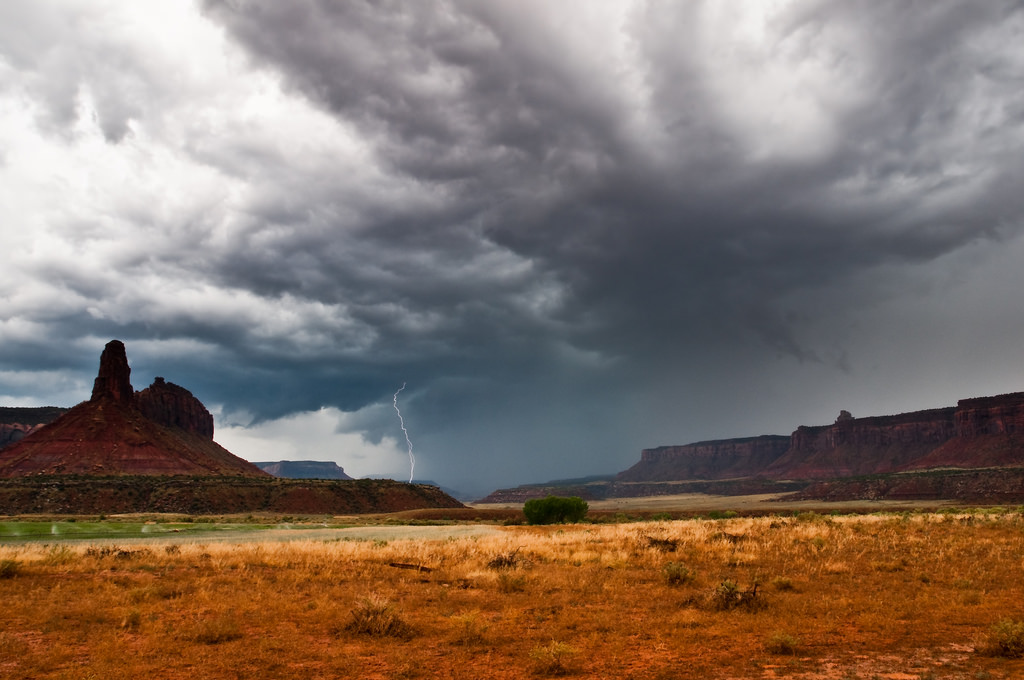
Photo: Mathew (Damn the Torpedoes)
Lightning quick tips
When you encounter lightning while you’re out climbing, make no mistake: you are in a vulnerable, and potentially very dangerous situation. Here are a few ways to minimize your exposure and chances of being struck:
Avoid
- Water
- All metallic objects
- High ground
- Solitary tall trees
- Close contact with others—spread out 15-20 feet apart
- Contact with dissimilar objects (water & land; boat & land; rock & ground; tree & ground)
- Open spaces
Seek
- Clumps of shrubs or trees of uniform height
- Ditches, trenches or the low ground
- A low, crouching position with feet together with hands on ears to minimize acoustic shock from thunder
Keep
- A high level of safety awareness for 30 minutes after the last observed lightning or thunder
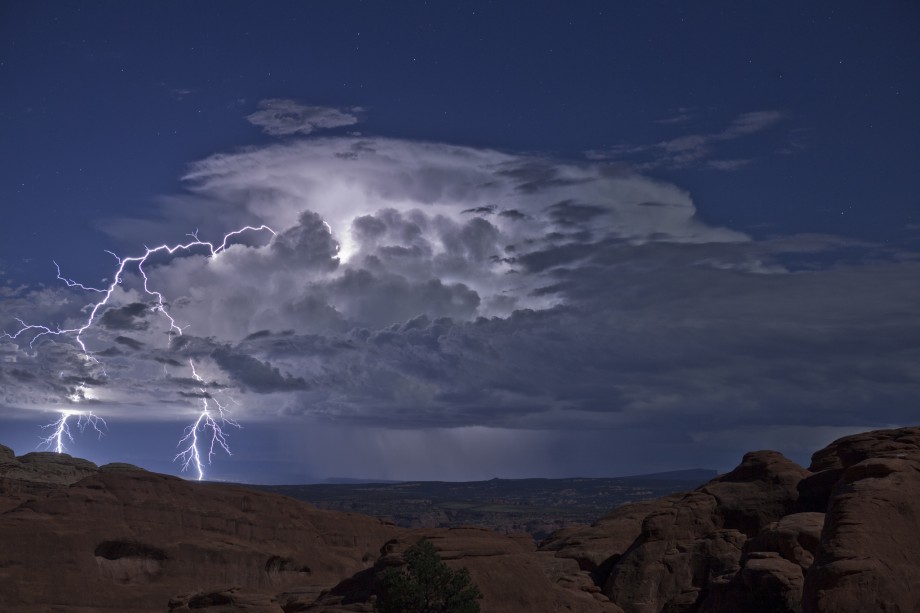
Photo: Anthony Quintano
Now to you
Have you ever encountered lightning on a climbing outing? What did you do to stay safe? Do you have any extra tips or lessons learned? Share your experience in the comments below.







